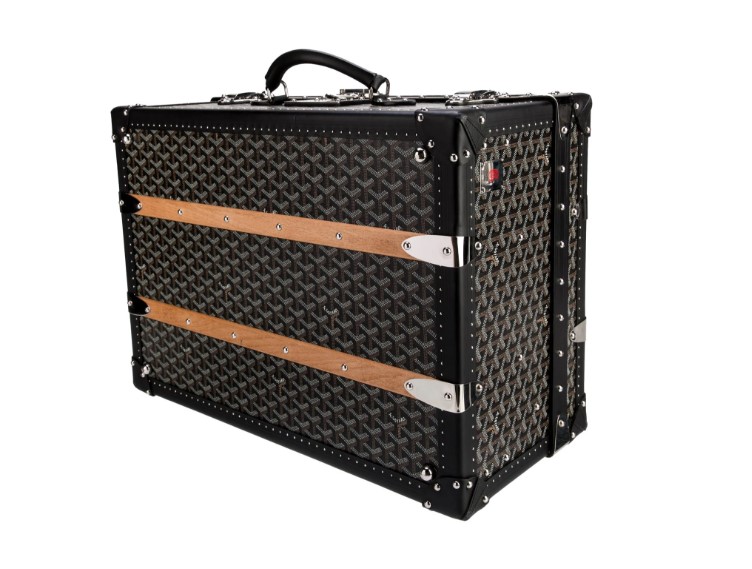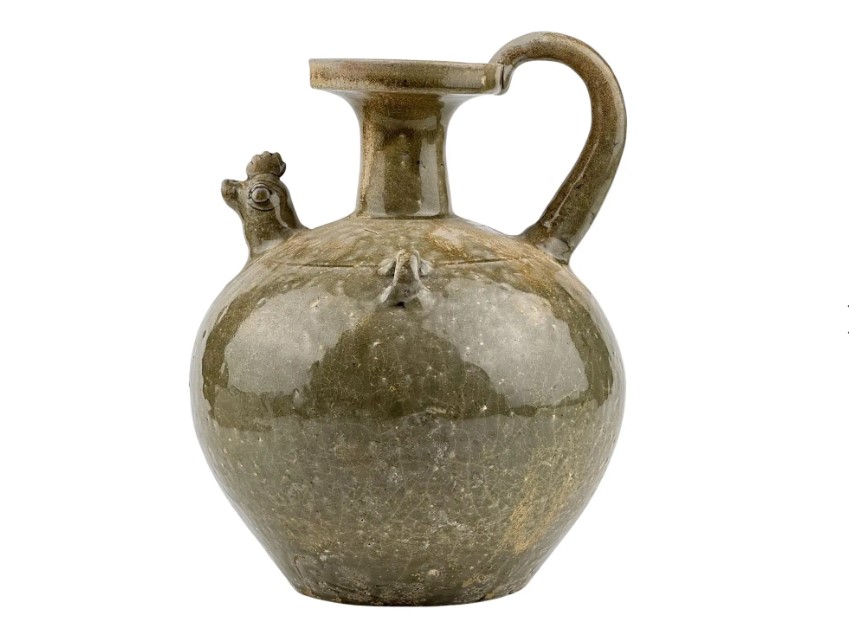Auctions
Auction Terminologies
SHARE
Auction terminology can be quite confusing for those who are new to the world of auctions. However, understanding these terms is essential if you want to participate in an auction confidently. In this blog, we will discuss some of the commonly used auction terminologies.
1. Reserve price: This is the minimum price that the seller is willing to accept for the item. The auctioneer will usually announce if an item has a reserve price, and if the bidding does not reach this price, the item will not be sold.
2. Hammer price: This is the final price at which the item is sold. It is called the hammer price because it is the price at which the auctioneer makes the winning bid by striking the hammer.
3. Buyer’s premium: This is an additional fee charged by the auction house on the hammer price, usually between 10% and 25%. This fee is paid by the buyer and is added to the hammer price to calculate the total cost of the item.
4. Lot: This refers to a group of items that are being sold together as a single unit. For example, a lot may consist of a set of chairs or a collection of paintings.
5. Absentee bidding: This is when a bidder places a bid on an item before the auction begins. This is useful for those who cannot attend the auction in person.
6. Bid increment: This is the minimum amount by which the bidding must increase in order to be accepted. For example, the bid increment may be $100, which means that if someone bids $500, the next acceptable bid would be $600.
7. Reserve auction: In a reserve auction, the seller sets a reserve price, and the item will not be sold unless the highest bid meets or exceeds this price.
8. Unreserved auction: In an unreserved auction, there is no reserve price, and the item will be sold to the highest bidder regardless of the price.
9. Live bidding: This is when bidders are physically present at the auction location and bid in real-time.
10. Online bidding: Some auctions allow bidders to participate remotely through an online bidding platform. This can be done in real-time or through absentee bidding.
11. Dual bidding: This occurs when two or more bidders bid the same amount, and the auctioneer must decide which bid to accept.
12. On the market: This term is used in a reserve auction when the highest bid meets or exceeds the reserve price, and the item is officially on the market and will be sold to the highest bidder.
13. Passed in: This term is used in a reserve auction when the highest bid does not meet the reserve price, and the item is not sold.
14. Knocked down: This is the final stage of the auction when the hammer falls, and the item is officially sold.
15. Vendor bid: Sometimes the auctioneer may make a bid on behalf of the seller to start the bidding process. This is called a vendor bid and is clearly announced to the bidders.
Understanding these auction terminologies will help you navigate the auction process and bid with confidence. Make sure to do your research beforehand and familiarize yourself with the terms to have a seamless auction experience.
1. Reserve price: This is the minimum price that the seller is willing to accept for the item. The auctioneer will usually announce if an item has a reserve price, and if the bidding does not reach this price, the item will not be sold.
2. Hammer price: This is the final price at which the item is sold. It is called the hammer price because it is the price at which the auctioneer makes the winning bid by striking the hammer.
3. Buyer’s premium: This is an additional fee charged by the auction house on the hammer price, usually between 10% and 25%. This fee is paid by the buyer and is added to the hammer price to calculate the total cost of the item.
4. Lot: This refers to a group of items that are being sold together as a single unit. For example, a lot may consist of a set of chairs or a collection of paintings.
5. Absentee bidding: This is when a bidder places a bid on an item before the auction begins. This is useful for those who cannot attend the auction in person.
6. Bid increment: This is the minimum amount by which the bidding must increase in order to be accepted. For example, the bid increment may be $100, which means that if someone bids $500, the next acceptable bid would be $600.
7. Reserve auction: In a reserve auction, the seller sets a reserve price, and the item will not be sold unless the highest bid meets or exceeds this price.
8. Unreserved auction: In an unreserved auction, there is no reserve price, and the item will be sold to the highest bidder regardless of the price.
9. Live bidding: This is when bidders are physically present at the auction location and bid in real-time.
10. Online bidding: Some auctions allow bidders to participate remotely through an online bidding platform. This can be done in real-time or through absentee bidding.
11. Dual bidding: This occurs when two or more bidders bid the same amount, and the auctioneer must decide which bid to accept.
12. On the market: This term is used in a reserve auction when the highest bid meets or exceeds the reserve price, and the item is officially on the market and will be sold to the highest bidder.
13. Passed in: This term is used in a reserve auction when the highest bid does not meet the reserve price, and the item is not sold.
14. Knocked down: This is the final stage of the auction when the hammer falls, and the item is officially sold.
15. Vendor bid: Sometimes the auctioneer may make a bid on behalf of the seller to start the bidding process. This is called a vendor bid and is clearly announced to the bidders.
Understanding these auction terminologies will help you navigate the auction process and bid with confidence. Make sure to do your research beforehand and familiarize yourself with the terms to have a seamless auction experience.


































